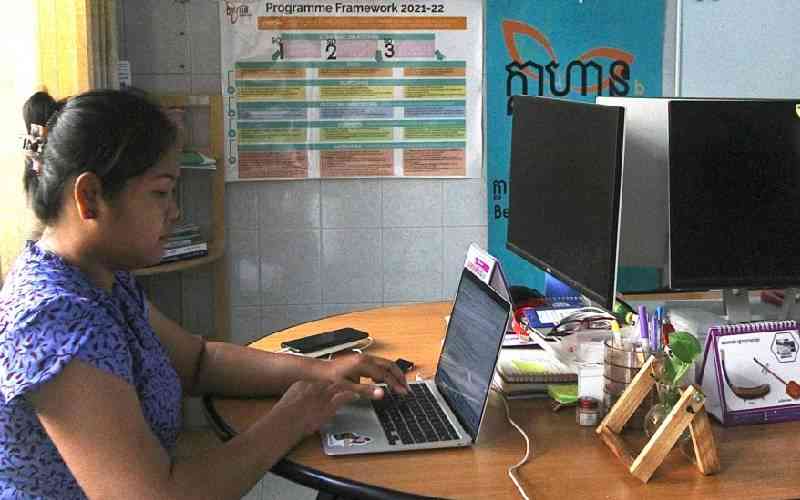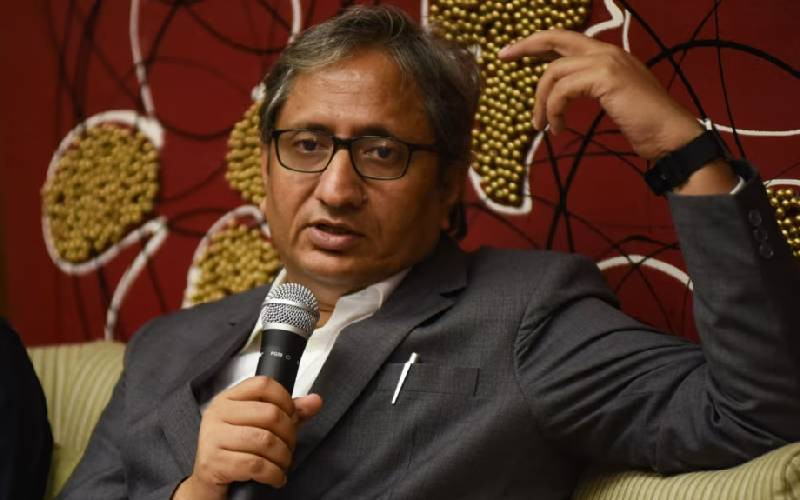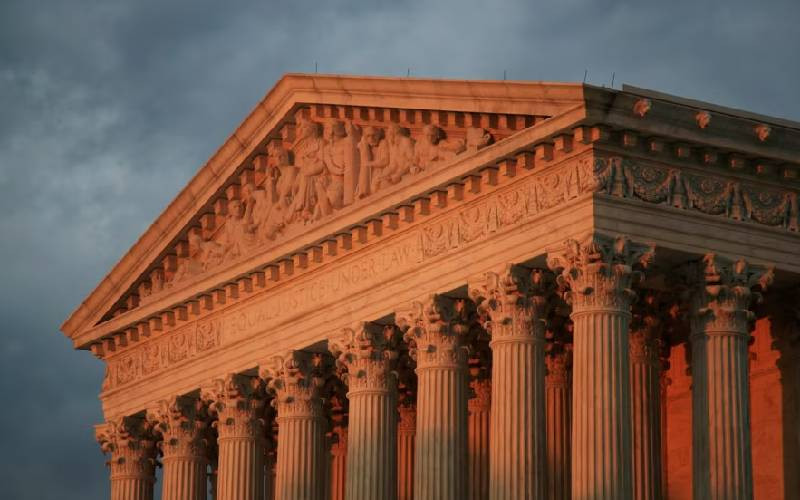By David Ohito
Smoke and a hazy steam rise like a dark cloud from the heart of the City Council of Nairobi’s Dandora dumpsite, wafting over a complex maze of rusty roofs of the Korogocho slum.
A heavy downpour from the previous night makes the morning humid, with the sun intensifying gaseous emissions that add to the dumpsite’s pungent smells.
Welcome to the expansive dumpsite, now listed by UNEP as the largest waste disposal pit in the East African region.
The nuisance that is the over-used dump site has been part of the extreme end of Nairobi Eastlands area for over 30 years, but now local residents, united under a religious network, are piling pressure on the Government and the Council to close it down.
The Catholic Church based Kutoka Network, run by priests who live in the Korogocho slum, are compiling what they say will be the ‘final push’ to lock the dump site.
The Kutoka Network, now backed by over 10,000 residents from the dump site area, are basing their action on a UNEP report released last year which condemned the waste heap.
 |
Above and below, heaps of garbage have been dumped or spilled over into residential areas around the Dandora dumpsite. Photos: Jonah Onyango/Standard
|
"This is the final push. We have for long complained about the dump site as a health hazard but now the people have come together and we are going to mobilise action to have it closed down," said Fr John Weboosta who heads the Kutoka Network.
The UNEP report titled ‘Environmental Pollution and Impacts On Public Health, The impact of the Dandora Dumping Site in Nairobi, Kenya’ a copy of which the Kutoka Network has attached to correspondence to relevant authorities, declared the dump site a health hazard that must be relocated.
The report identified the site as the most likely suspect of the cause of high incidence of respiratory and other health problems among communities living around the site.
toxic waste
The report revealed among other things that toxic agricultural waste such as fungicides and herbicides and hospital waste including biological residue and pharmaceuticals are all dumped at the site.
"The dumpsite is a big health problem and it has had a very bad impact on the environment," the UNEP study warned.
"For example, about 50 per cent of children examined who live and school near the dumpsite had respiratory ailments and blood lead levels equal to or exceeding internationally accepted toxic levels while 30 per cent had abnormalities in their red blood cells, confirming high exposure to heavy metal poisoning," the UNEP statement added.
Stay informed. Subscribe to our newsletter
The government has been debating plans to relocate the site as part of its integrated solid waste management plan in partnership with UNEP but not much has been achieved.
Original plans were to have it moved to a site in Ruai on the outskirts of Nairobi city but not much success has come.
It was then resolved it be moved to Kayole’s abandoned quarries as a stop-gap measure before it is settled in Ruai, but nothing has appeared to move in that direction, says Kutoka Network.
The Nairobi City Council is assessing the impact of the move on the environment and will have the quarries lined with chemicals to block leakage, said the National Environmental Management Authority.
The site lies on the intersection of informal settlements of Kariobangi North, Korogocho, Dandora and Baba Ndogo, which hold almost a million of predominantly low income informal sector workers.
At least 2,000 metric tonnes of waste is deposited there daily, according to Nairobi City Council statistics.
Correspondence
Residents who have come together under the Kutoka Network, in correspondence seen by The Standard, say they have given the Government and the Council an ultimatum to relocate the site or they will mobilise mass action to block dumping.
"They will have to stop it or the affected people will stop it," says Fr Weboosta.
The Kutoka Network says Korogocho slums alone houses about 120,000 people.
"Our message is very clear. We want immediate closure. We demand creation of a solid waste management policy and legal framework in Kenya," he says.
"The dumping of waste in Dandora has increased to unsustainable levels. Lives are at risk," he adds.
Protests at the sit were witnessed about four years ago when former Embakasi MP David Mwenje mobilised residents to block lorries from dumping.
Similar action
The Kutoka Network says they could resort to similar action.
The site is also a politically sensitive area. A survey carried out by The Standard in May confirmed that politicians are involved in the dump site affairs, owning some of the lorries which dump garbage there. The dumpsite is believed to be a multi-million shilling industry controlled by cartels that profit from waste.
The City Council of Nairobi established the dumpsite in the mid 1970s over a disused quarry in the then sparsely populated outskirts of Nairobi.
The intention was then to fill up the quarry but it has now developed into one of the greatest humanitarian and environmental nightmares for the city.
The dumpsite sits on 32 acres of land.
 The Standard Group Plc is a
multi-media organization with investments in media platforms spanning newspaper
print operations, television, radio broadcasting, digital and online services. The
Standard Group is recognized as a leading multi-media house in Kenya with a key
influence in matters of national and international interest.
The Standard Group Plc is a
multi-media organization with investments in media platforms spanning newspaper
print operations, television, radio broadcasting, digital and online services. The
Standard Group is recognized as a leading multi-media house in Kenya with a key
influence in matters of national and international interest.
 The Standard Group Plc is a
multi-media organization with investments in media platforms spanning newspaper
print operations, television, radio broadcasting, digital and online services. The
Standard Group is recognized as a leading multi-media house in Kenya with a key
influence in matters of national and international interest.
The Standard Group Plc is a
multi-media organization with investments in media platforms spanning newspaper
print operations, television, radio broadcasting, digital and online services. The
Standard Group is recognized as a leading multi-media house in Kenya with a key
influence in matters of national and international interest.









